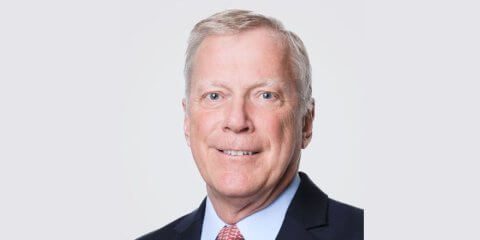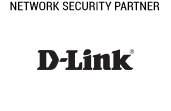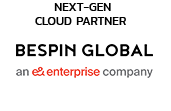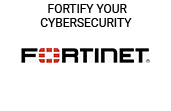
FLAG CEO Carl Grivner discusses hyperscaler disruption, strategic partnerships, and driving equitable global connectivity.
FLAG, one of the world’s largest privately owned subsea cable operators, is redefining the global connectivity landscape. With seven interconnected subsea cable systems, six terrestrial routes, and scalable edge data centres, the company delivers high-speed digital infrastructure across Asia, India, the Middle East, Europe, and the USA. In this exclusive interview, Carl Grivner, CEO of FLAG, sheds light on how hyperscalers, strategic alliances, and regulatory complexities are shaping the future of digital connectivity while driving access, resilience, and growth in emerging markets.
Interview Excerpts:
How are major tech players, such as Google, Meta, Amazon, and Microsoft, reshaping the global connectivity landscape through consortium-led builds and strategic investments in purpose-built infrastructure?
Tech giants are moving fast. For example, Meta is doubling down on consortium-led builds, while Amazon and Microsoft pursue targeted, purpose-built infrastructure. This surge in hyperscaler activity is heavily intensifying competition and shifting traditional ownership and deployment models. While this presents a challenge, stakeholders must adapt by being agile. To succeed, we must navigate complex regulations and infrastructure supply and demand with precision and foresight. By forging strategic partnerships, we can unlock significant opportunities, particularly in the Middle East, which is a promising frontier for growth.
In a landscape increasingly influenced by geopolitical interests and digital sovereignty, how can traditional carriers and infrastructure providers remain competitive and collaborative?
Traditional carriers and infrastructure providers need to embrace agility and strategic partnerships. FLAG is looking at new corridors to complement our existing assets with new investments in routes that provide resilient and redundant solutions critical to the next wave of growth. Our expertise lies in solving some of the toughest connectivity challenges, and by targeting markets that are growing with the need for digital infrastructure, we expand access where it’s needed most.
Beyond the physical deployment of cables, what are the most pressing regulatory, political, and operational hurdles FLAG encounters when expanding into emerging markets?
Regulatory complexity, such as licensing restrictions, cross-border data policies, and compliance with local digital sovereignty laws, needs to be taken into consideration with both existing and new investments. Changes in the regulatory landscape demand thoughtful planning and focused management. To remain compliant throughout the investment lifecycle, it’s important to engage regulatory bodies as partners, not just at the outset, but as policies evolve. However, FLAG sees opportunity where others see limits, connecting growing economies and ensuring equitable access to digital infrastructure. Our carrier-neutral solutions provide path diversity, so data keeps flowing, even when the unexpected happens.
We’re focused on the places that could be deemed hard to navigate, as we firmly believe that universal connectivity is not just a technological goal, but a fundamental human right and essential to facilitating global trade and prosperity.
How do you approach building strategic partnerships in regions where the digital divide is both a challenge and an untapped growth opportunity—and what success stories can you share from such engagements?
Economies in the Middle East are high-growth areas with vast potential. One of the most striking things about connectivity across the Middle East is the range of diverse routing options beyond the Red Sea. We are leading this shift by offering multiple alternative routes throughout the Gulf region. FLAG has had a longstanding history in the Middle East, supported by our fully owned cable systems like FALCON, HAWK and FEA. In recent years, we’ve expanded our footprint through strategic partnerships, including the development of the Gulf European Transit Route and the Saudi Transit Route. By continuing to invest through strategic partnerships, we can identify the most effective ways to support their growth and expand reach for our customers and partners across the Middle East, Asia and Europe.


